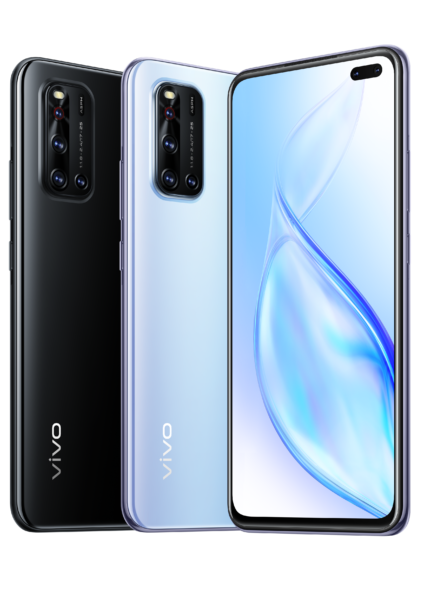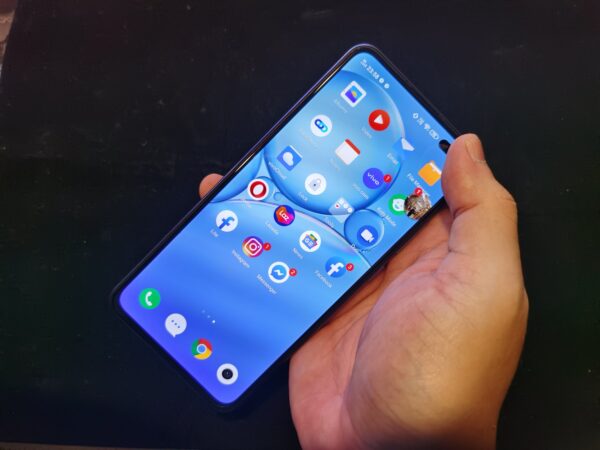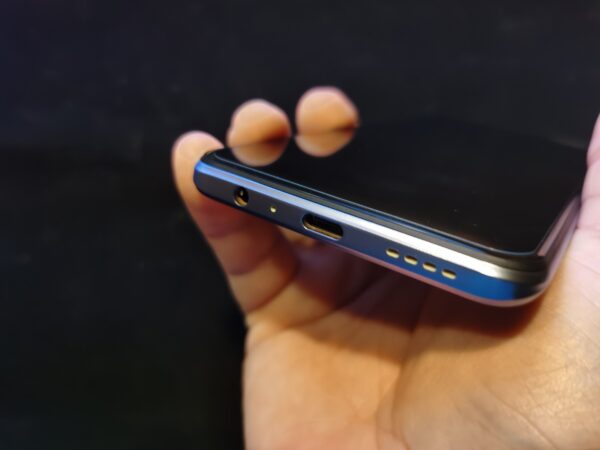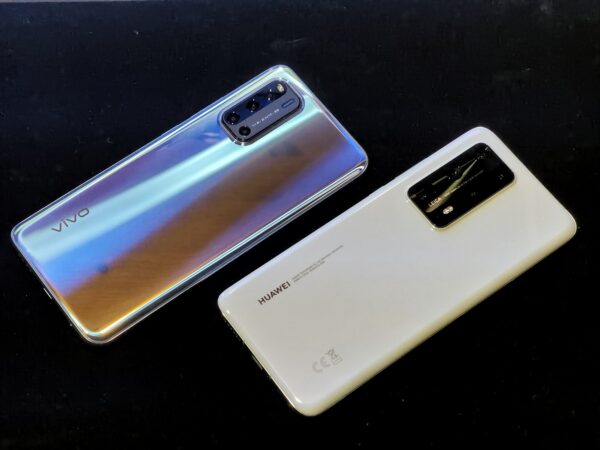
The Vivo V19 is the Chinese phone maker’s latest mid-budget phone to come to Singapore, eager at a share of the market that is now attracting more buyers because of good value.
On paper, the new gadget has everything it needs to get things done smoothly while on the go. It has Qualcomm’s Snapdragon 712 processor with Adreno 616 GPU, coupled with 8GB of RAM and 128GB of storage. You can pop in a MicroSD card too.
While the V19 does not have the speediest processor in the market right now, I find the Vivo smartphone up to the task when firing up most of my everyday apps.

The 4,500mAh battery within the enclosure can be fully charged using Vivo’s own 33W FlashCharge 2.0, promising more than 50 per cent of battery power in 30 minutes.
The phone can easily last a day if you’re doing simple browsing online, listening to Spotify, taking some photos and even broadcasting on Facebook Live.
The V19’s 6.44-inch Full HD+ Super AMOLED screen is quite enjoyable too when watching your favourite shows on Netflix or YouTube. However, I think the placement of the front-facing camera’s cutout is at the wrong corner of the screen.
To pull down the notification bar, I have to stretch my thumb a bit further towards the top centre of the screen to avoid smudging the camera lenses. This is an annoyance you can do without.

One thing I do appreciate when actively doing an Instagram TV or Facebook Live broadcast is the presence of a headphone jack.
I can easily use the wired headset’s microphone for better sound pick up as the onboard microphone has problems picking up my voice. This is also useful for your Facebook Rooms, Zoom or Microsoft Team sessions.

While Vivo’s phones are generally well made, I can’t overlook the fact that the V19 resembles the Huawei P40 Pro, right down to the camera module at the back.
It’s certainly easy to mistake V19 for a Huawei P40 Pro. This makes you wonder why Vivo doesn’t come up with a more unique design, to stand out from the rest of the competition.
What about photography? How does the V19 compare to other options in the mid-end market segment?
The V19 comes with a 48-megapixel sensor as the main camera, has an 8-megapixel sensor for the wide-angle shots, and macro and depth-sensing cameras offering 2-megapixel sensors.
It shoots pretty well for most settings. Even its front-facing 38-megapixel camera system includes an ultrawide-angle 8-megapixel camera that takes in more of the background when capturing a selfie.





On the whole, I’m impressed with the image quality. Okay, some images may come across a little more saturated than I like, and the beautification effect is still quite evident even when I switch off, but I am really nitpicking here.
If you are buying the V19 for photography, I’m happy to say that it can shoot well. Perhaps not at the level of the flagship phones, in terms of image quality, but it does a decent job.
What I think Vivo needs to improve is the camera’s user interface. I’m surprised that I cannot pinch my fingers to activate the ultrawide-angle camera – I have to look for a small icon on the screen. Settings shouldn’t be hard to access.
That said, I think the Vivo 19 will win over many users. At S$599, it does not require you to reach deep into your pocket, unlike today’s many flagship phones. It is relatively cheap and can do much more than what its price suggests.






